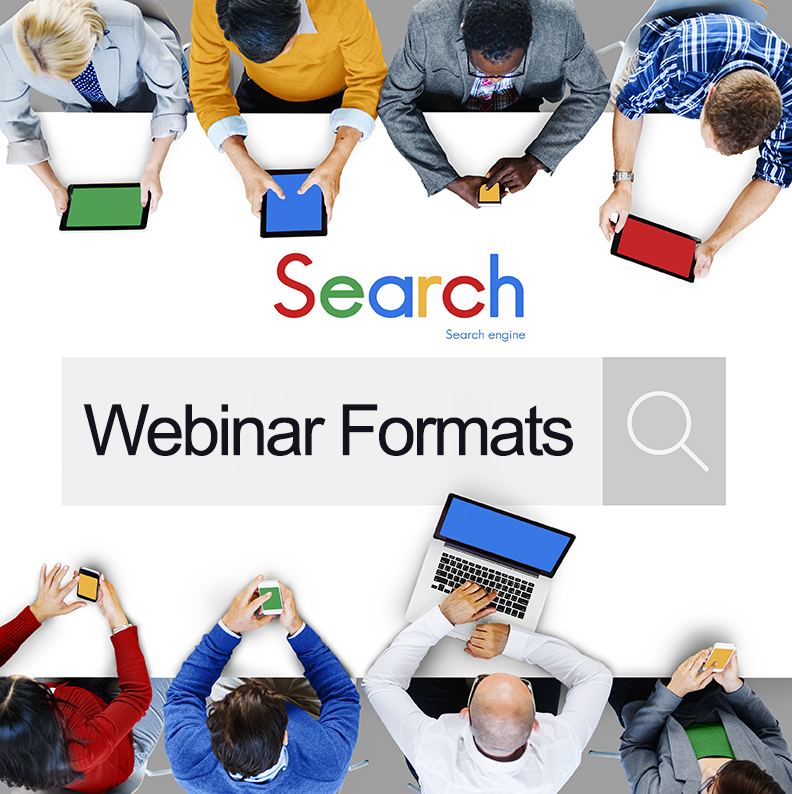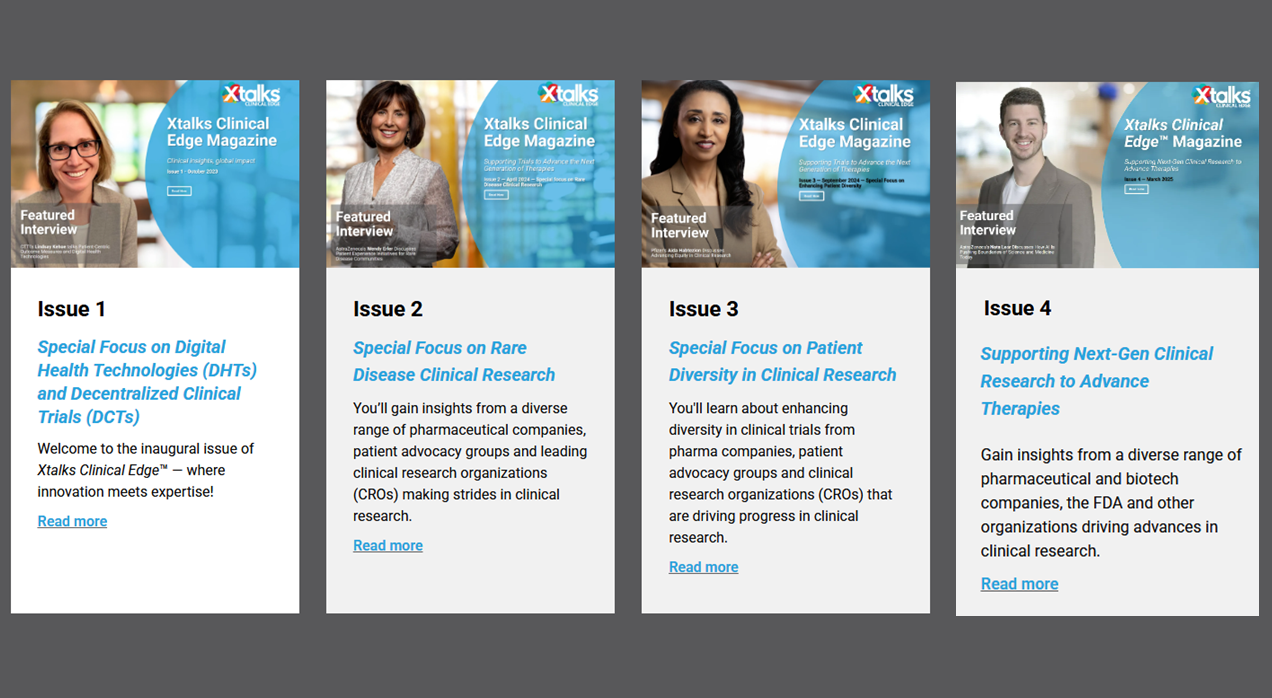In a previous article, we established that the demand for webinars is prevalent, and with the potential for many of your webinar attendees to turn into qualified leads , it is a tool you cannot overlook. Now that you’ve decided to host a webinar, it’s time to decide the format. Many people associate webinars with a virtual presentation, similar to a live presentation with a speaker and a discussion portion. However, there are several different webinar formats that offer various advantages and disadvantages. It’s crucial to take a step back and analyze the message you wish to convey to the audience and decide which webinar format would be right for you, your content, and most importantly, your audience.
Here are six webinar structures to help you decide which one would be the most effective for your topic.
Presentation
As mentioned earlier, this webinar style is one of the most common formats, consisting of one or two speakers presenting a PowerPoint. The presenters may use a pre-rehearsed script, if necessary, or they may speak off bullet points from the slides. This is a classic way to educate the audience about the topic at hand. Another benefit of this format is the ease of speaker preparation as several speakers can prepare independently, prior to the live broadcast. However, a presentation style webinar may be less engaging to the audience members.
Interview
An interview structured webinar is rarely used, but is probably one of the most engaging formats. Similar to watching an interview on television, or listening to an interview on a podcast, it can have the same attention-grabbing effect during a webinar. This structure would include pre-formulated or spur-of-the-moment questions that the speaker would answer live on air, while also having slides with either images or the questions to visually guide the audience. It gives the audience a nice break by hearing more than one voice for a set amount of time. Moreover, an interview webinar format will still give you as much control as a presentation style would allow. While this webinar is unscripted, it is essential that the interviewee is an industry expert with exceptional public speaking abilities.
Question and Answer
While this format is similar to an interview style webinar, it has some key differences. Firstly, the questions are coming in live from the audience therefore the webinar is entirely unscripted but highly engaging. The information gathered through this type of webinar can be beneficial for the host company as well. It will give them insight into what the audience is demanding and what they are curious about. Since this webinar format is unscripted, there is always a chance the speaker may not know how to answer a question. Also, in rare instances, there may not be enough questions to fill an allotted webinar time slot – so it’s important to have a few talking points on hand or even questions audience members have sent in prior to the webinar.
Panel
Similar to a press conference, a panel webinar format includes several speakers – who are experts in their industry – that will discuss a specific topic. This is a great option because each speaker will offer a different opinion and outlook on the topic at hand – which can be informative and interesting for attendees. By slotting in a question and answer segment in this webinar format, audience members will be more likely to register and attend to hear different perspectives on their particular questions or concerns. While this structure is exciting and captivating, it can be a headache coordinating with several speakers – especially if they are in different time zones. You might have to schedule several webinar test runs if you are unable to get all the speakers together prior to the webinar. Finally, the most important thing is to ensure that all panelists are respectful of one another’s thoughts and opinions.
Including a Product Demo
If the best way to educate your attendees is to demonstrate your content through your product, then including a product demo might be a good webinar format for you. A word of caution – this webinar format can be interpreted as sales and marketing oriented – so ensure the audience is educated on your topic of interest. From an audience perspective, the worst thing for participants is signing up and expecting an educational, informative webinar and but instead, find themselves sitting through a sales pitch. Since you are showcasing a product or service, make sure you do a few test runs so everything goes smoothly – you don’t want to run into an issue in front of your live audience!
Interactive
The final webinar format we’ll cover in this blog article is an interactive webinar. In this type of webinar, the audience is fully engaged in the presentation because it creates more of a classroom-like atmosphere. Attendees can participate in the webinar through exercises such as quizzes to test their knowledge, and they have the opportunity to ask questions to the speaker – or in this case, the instructor – in real time. This type of webinar format is very demanding, because of the amount of work that’s required prior to the event and during the actual webinar. However, the rate of engagement and interest can be exponential, and often leaves the audience desiring successive webinars that use this type of format. It is imperative to realize that a very experienced and knowledgeable presenter is required, and that audience sizes will have to be smaller.
Do you enjoy one format over another? Let us know in the comments section below. If you’re interested in hosting a webinar, make sure to contact us.












Join or login to leave a comment
JOIN LOGIN